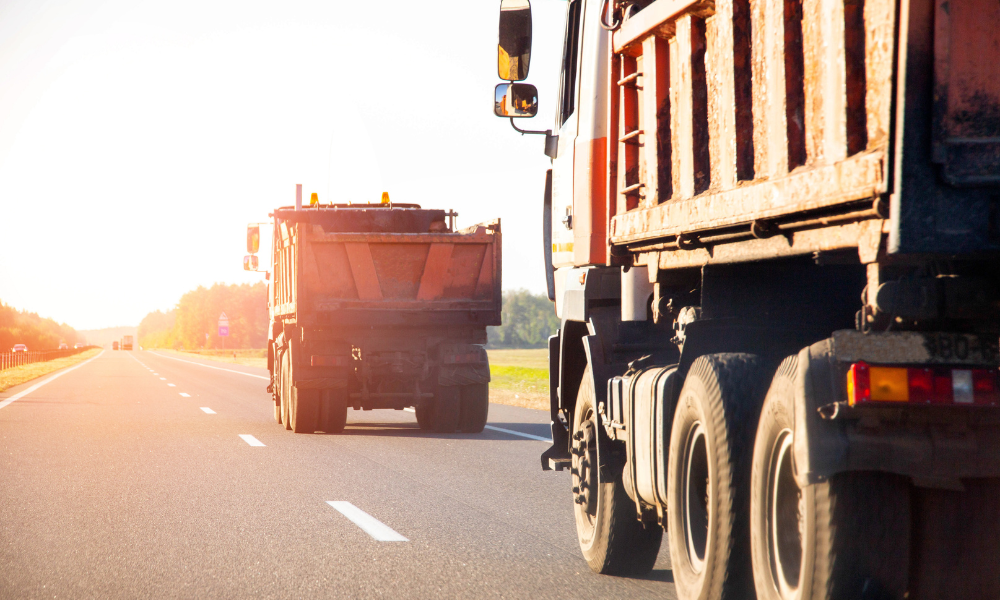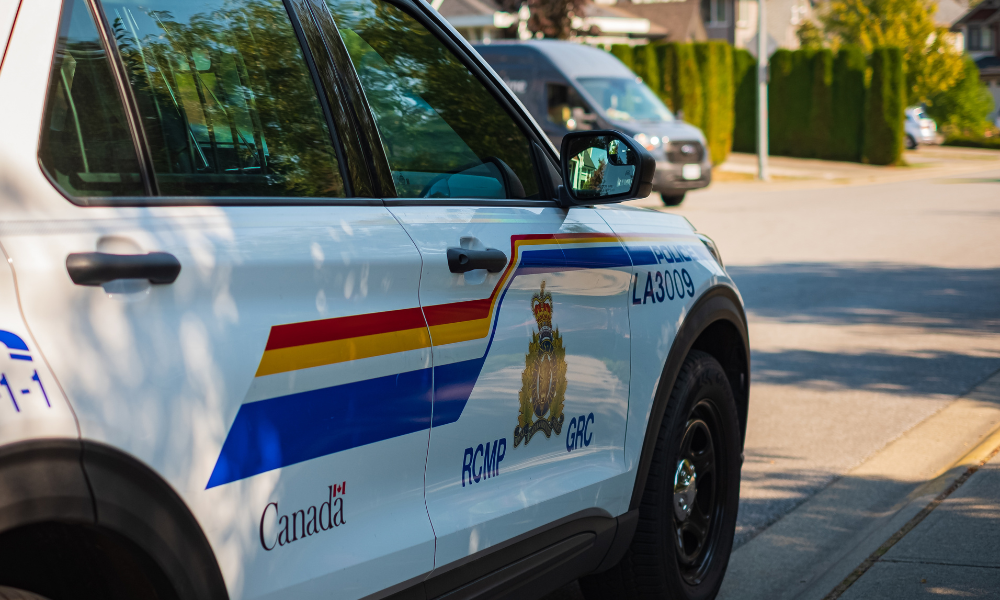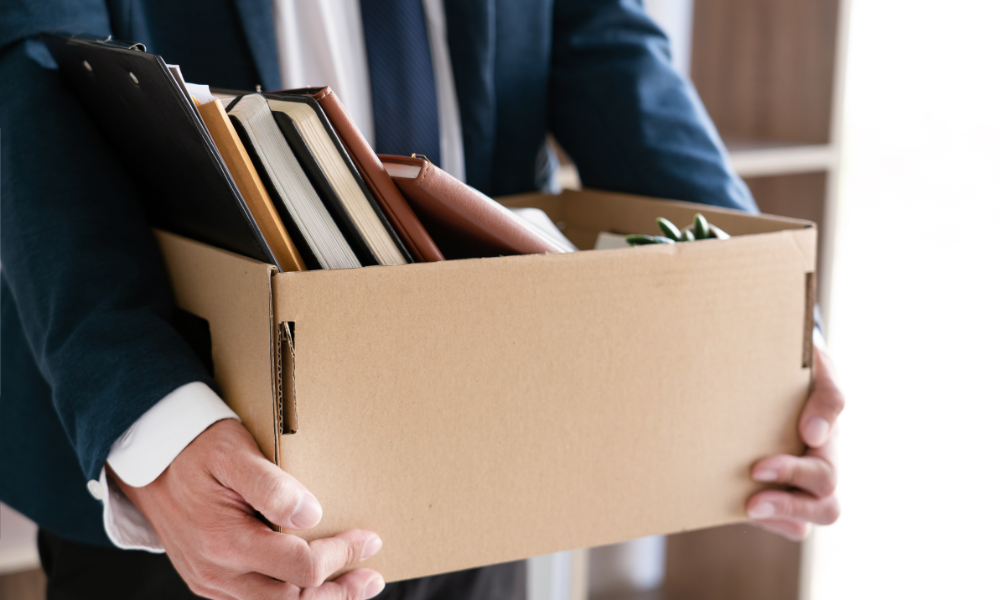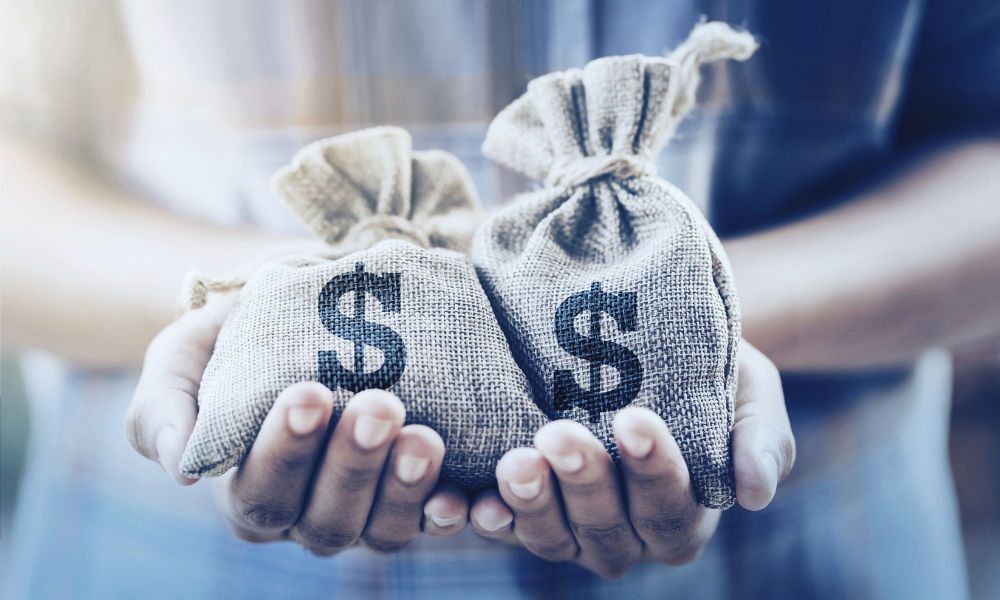Board's chair explains how a resilient safety culture is created by everyone in an organization
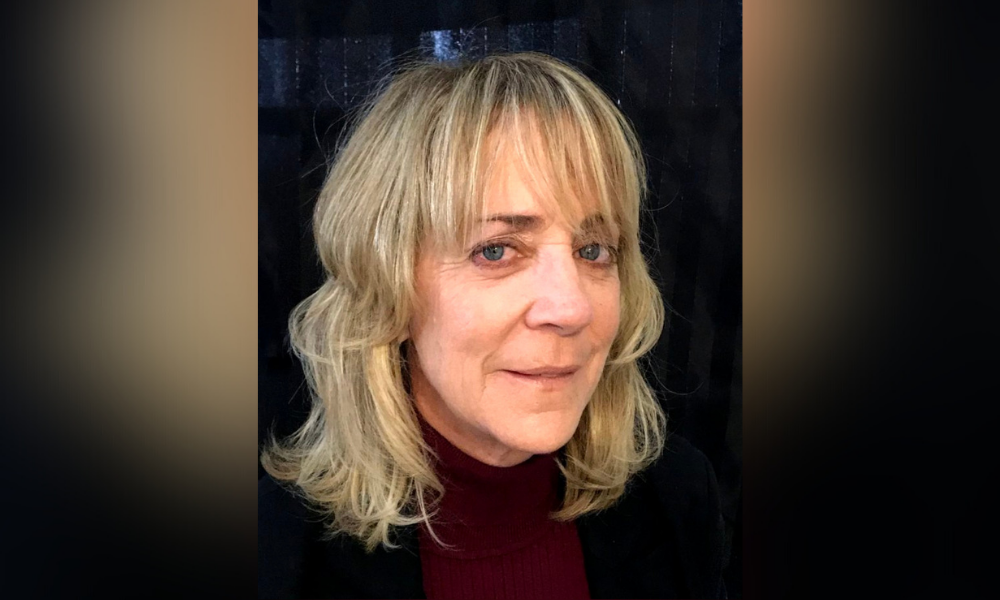
Robin Angel revels in having the scope to set the tone and create a long-term vision - and she's found the ideal role.
The Board of Canadian Registered Safety Professionals (BCRSP) celebrated its 45th anniversary in September last year. Current head Angel is the third female chair, and the first who speaks fluent French.
The BCRSP, established in 1976, is the certification board for the occupational health and safety profession and having worked up through the different positions, Angel has developed different skills. “I really enjoy it, because we have a blend of different competencies, different backgrounds, different industries, different provinces – which means different legislation,” she says.
One of the aims of the BCRSP is recognizing the profession of safety as a legitimate profession. This includes post-secondary programs in post-secondary institutions that are designated for health and safety.
The BCRSP is also keen to focus on diversity, equity and inclusion, specifically around the competencies and accessibility to becoming a safety professional in Canada, which Angel describes as a “unique” landscape.
“We also have an international lens,” she says, “and as a chair I get exposed to all these different things, which is really fascinating.”
The organization is near and dear to Angel’s heart – she got her start in safety when through various serendipitious events she decided to pursue her CRSP certification (Canadian Registered Safety Professional, for those of you who may not know).
Angel has a background in industrial hygiene. After a few years, she became the Regional Director for the Department of Labour in Nova Scotia.
In April 2020, Angel was seconded to assist the Department of Justice for the Province of Nova Scotia during the pandemic – “they didn’t have anybody in the entire department that worked specifically just on health and safety.”
With 30 years of experience, she was brought in to assist with contingency planning, enterprise risk management, business continuity – “which you wouldn’t normally see in a health and safety role.”
“What I like about safety – and what I like about my current role – is that it’s a portable designation. It’s a portable competency. It’s a blend of science but also the social sciences and human skills,” says Angel.
It was nevertheless a challenge for Angel, who started her new role during the pandemic – not only was COVID a challenge, but so was adapting to a brand new role.
And “you can't be bad at this role when people are reaching out to you for help during a pandemic,” says Angel. “I was doing a brand new thing, a brand new organization, in a brand new pinned at the very beginning.”
Nevertheless, Angel says that it was a positive experience, “I got to learn a brand new way safety could be applied.”
“I think that’s the adaptability and the change management component of the health and safety role that I feel that really needs to be embraced. Long gone is the role as a safety professional to just be able to do checklists and audits. It’s how you develop the system,” she says.
The pandemic has really shone a light on the profession in the last couple of years, says Angel, “and I hope that will sustain.”
Safety is a diverse sector, there is so much it covers, “I find that the role can be anything you want it to be based on what your interests are,” she says. While some parts remain constant, there are aspects of it that are constantly evolving. “It’s never the same thing, you’re not always writing one recipe over and over. You’re pivoting, changing, and adapting to both the workplace and the legislation – and technology.”
A resilient safety culture is created by everyone in an organization:
“At work, I try to instill in people that safety is a culture, and it has been embraced, it has to be interwoven with everything else you do. It shouldn’t be a standalone person.
“I really try to engage with people to have more multidisciplinary teams to talk about safety, because you don’t have to be a safety expert to help out with safety. You need to understand the fundamentals and have a professional there to guide you, but it really takes a village to make safety work. Everybody has to be on board,” says Angel.
And you don’t mess with people’s safety, says Angel, because it’s such a personal thing and has a such a huge impact.


